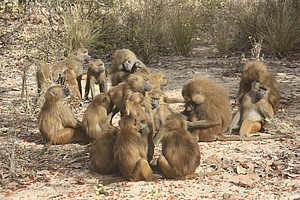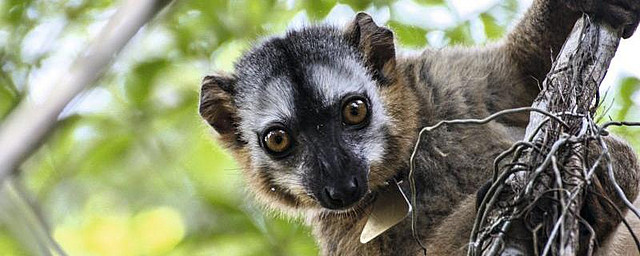"Unless we willfully close our eyes, we may, with our present knowledge, approximately recognize our parentage; nor need we feel ashamed of it.” Charles Darwin wrote in 1871 in „The Descent of Man, and Selection in Relation to Sex“ and caused a total outcry. Are we perhaps descendants of monkeys? This similarity between humans and monkeys was already noticed by Carl Linnaeus some 100 years earlier. In 1758 he mentioned the connection between humans and nonhuman primates in the famous tenth edition of his "Systema Naturae". While Linnaeus, however, still suspected a creation of the species, Darwin was convinced of the common ancestors of all primates, including humans.

Is it so that all we need to do is look at our own characteristics and immediately recognize a match to all other primates? It is not that easy. If you look at the common traits of primates, many of them are original mammal traits that also occur in other mammalian orders, such as the five-limbs on hands and feet. Only a so-called synapomorphy – a derived feature, which must have originated in a common ancestor and does not occur in other groups - allows for a clear identification. Primates do not have such a unique feature. A combination of features that allows for a restriction of the order is usually used (Martin 1990).
Eye-catching is the emphasis on the visual sense. The eyes face forward, which allows for a three-dimensional vision. In contrast, the sense of smell is rather reduced in most species. The hands and feet are adapted to the gripping and have palpation fields, so-called papillary strips, on their inner sides and have flat nails. With the exception of humans, the big toe of nonhuman primates points in the opposite direction of their other toes. Overall, it tends to provide a more upright posture. The reduced number of teeth to a maximum of 36 and the low degree of specialization of the molars is less obvious at first glance. The brain of primates is relatively large and the density of neurons in the cerebral cortex is higher than in other mammals, which is discussed within the context of visual specialization (Barton 2006).

The life story of primates differs from that of most mammals. The individual stages of life are significantly extended: A long gestation is followed by a slow growth of the young and a late sexual maturity. Fewer young animals are born, but a lot more time is invested in them. All primates, with the exception of humans, are inhabitants of the tropics and subtropics and mostly live in groups (Geissmann 2003).

